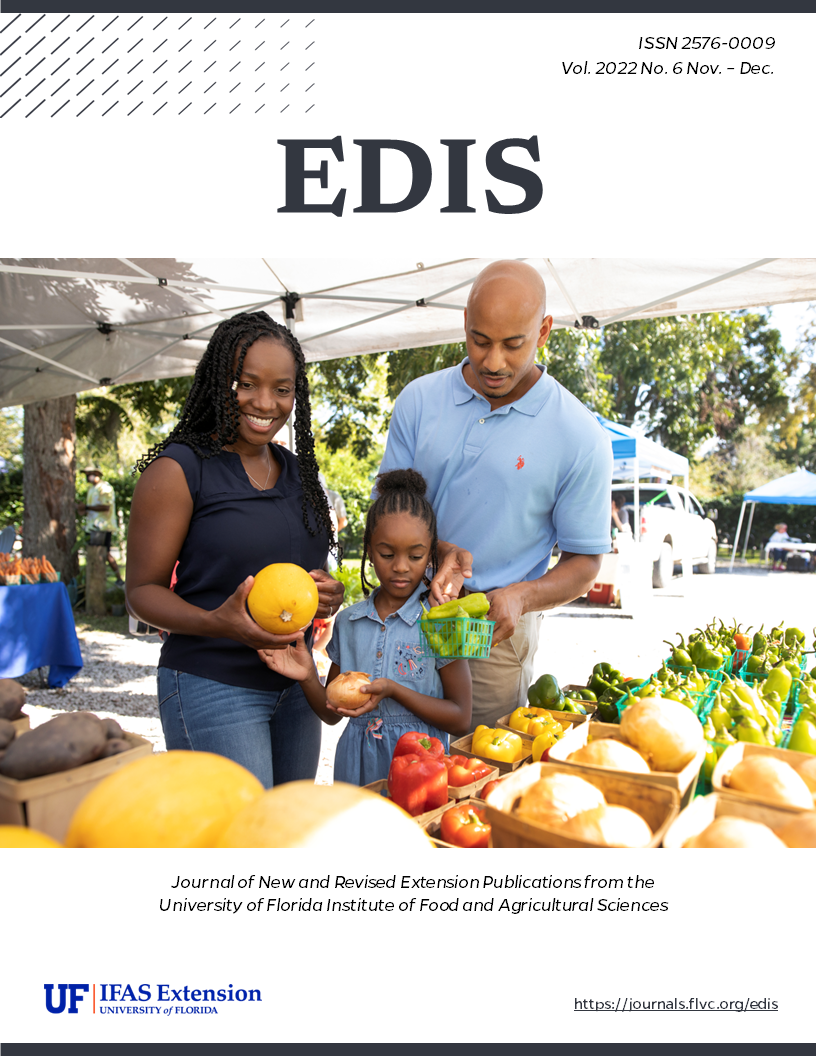Abstract
Increasingly, coastal managers are placing artificial reefs in marine waters. These long-lasting habitat alterations have measurable effects on fish, fishers, divers, fisheries, and marine social ecological systems. Understanding how artificial reefs function is necessary to make good decisions about future artificial reefs. Scientific research on many aspects of artificial reefs is not always summarized and explained. In response to this need, we designed a 4-part series called Artificial Reefs 101. This publication, part 4 of the Artificial Reefs series, explores a complicated but fascinating aspect of artificial reefs—should we expect them to lead to better fishing in the long run? Many people think artificial reefs should be a “win-win” since both fish and fishers seem to like them. But it is increasingly apparent that they are likely to increase fishing mortality more than they increase fish populations. So they could lead to more restrictive regulations.
References
Bohnsack, J., and D. Sutherland. 1985. “Artificial Reef Research: A Review with Recommendations for Future Priorities”. Bulletin of Marine Science 37:11–39.
Camp, E.V., R. N. M. Ahrens, M. S. Allen, and K. Lorenzen. 2016. “Relationships between angling effort and fish abundance in recreational marine fisheries”. Fisheries Management and Ecology 23:264–275. https://doi.org/10.1111/fme.12168
Camp, E. V., A. B. Collins, R. N. M. Ahrens, and K. Lorenzen. 2020. “Fish Population Recruitment: What Recruitment Means and Why It Matters.” EDIS 222 (2), 6. https://doi.org/10.32473/edis-fa222-2020.
Camp, E. V., A. B. Collins, R. N. M. Ahrens, and K. Lorenzen K. 2021. “Fish Population Recruitment 2: Stock Recruit Relationships and why they matter for stock assessment: FA234, 09/2021.” EDIS, 234 (5). https://doi.org/10.32473/edis-fa234-2021
Bortone, S. A., F. P. Brandini, G. Fabi, and S. Otake (Eds.). 2011. “Artificial reefs in fisheries management.” CRC Press. https://doi.org/10.1201/b10910
Karnauskas, M., J. F. Walter, M. D. Campbell, A. G. Pollack, J. M. Drymon, and S. Powers. 2017. “Red Snapper Distribution on Natural Habitats and Artificial Structures in the Northern Gulf of Mexico.” Marine and Coastal Fisheries 9:50–67. https://doi.org/10.1080/19425120.2016.1255684
Lindberg, W.J. 1997. “Can science resolve the attraction-production issue?” Fisheries 22:10–13.
Oliveira, M. T., J. Ramos, and M. N. Santos. 2015. “An approach to the economic value of diving sites: artificial versus natural reefs off Sal Island, Cape Verde.” Journal of Applied Ichthyology 3186–95. https://doi.org/10.1111/jai.12953

